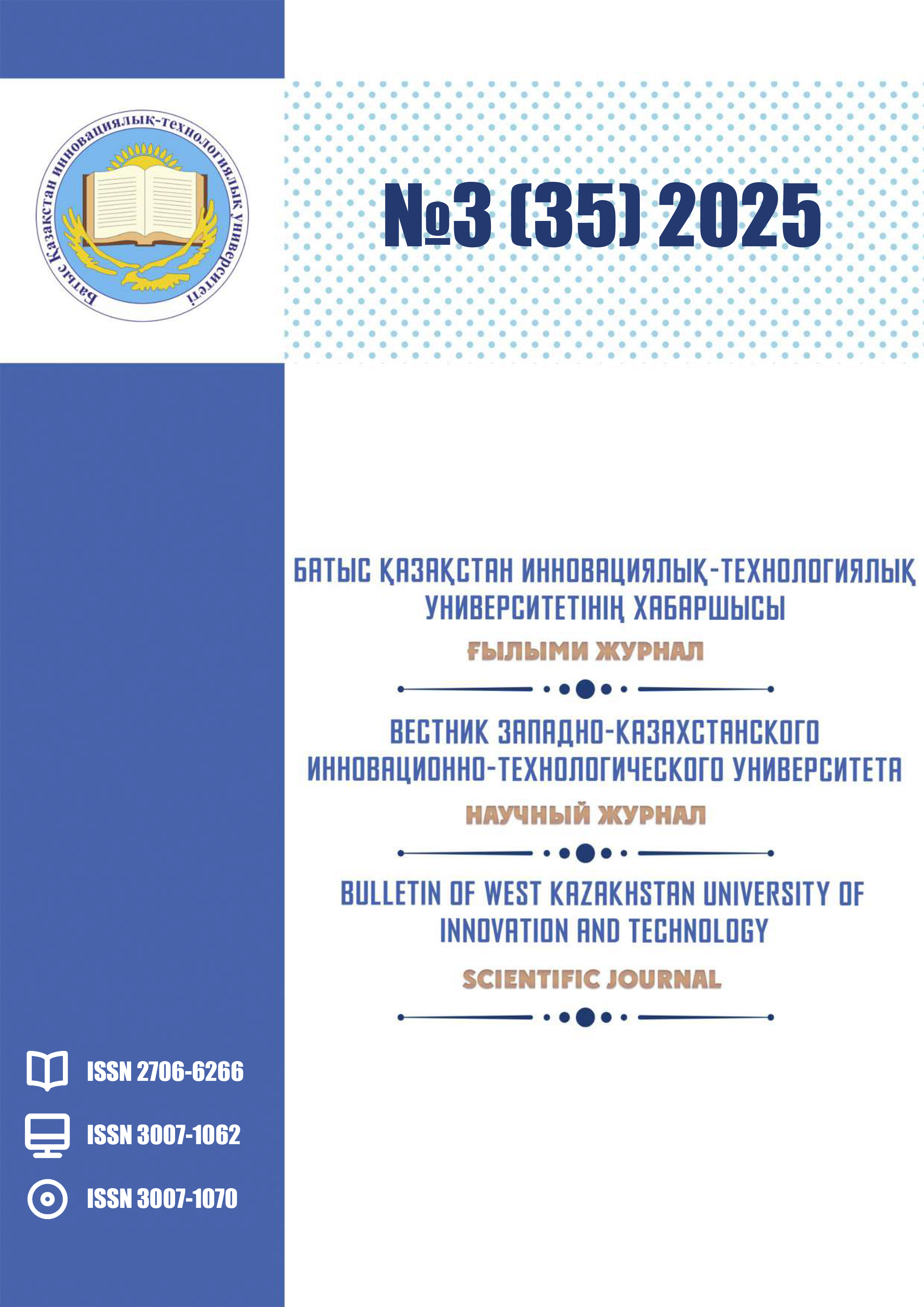DAIRY PRODUCTIVITY AND REPRODUCTION QUALITIES OF COWS OF DAIRY BREEDS IN DIFFERENT REGIONS OF KAZAKHSTAN
DOI:
https://doi.org/10.62724/202530501Keywords:
milk yield per lactation, sexed semen, milk composition, fertility, ultrasound scanner.Abstract
The most important prerequisite for improving the productive and breeding qualities of dairy cattle is: - conducting research on improving economic and useful traits and increasing the genetic potential of priority breeds (types) of dairy cattle using domestic and global gene pools; - scientific and methodological foundations for increasing the number of dairy cattle and improving the technology of reproduction of new domestic types and imported cows of the desired type by using advances in biotechnology. Therefore, the purpose of the studies was to analyze the milk productivity of cows and to study the effectiveness of artificial insemination of heifers with sexed sperm in farms of different regions. The studies were conducted in the LLP "Ice" of Aktobe, LLP "Pervomaysky" of Atyrau, and KKh "Aidarbayev E.S." of Almaty regions. The research materials included primary zootechnical and breeding records (from the IAS system), as well as the results of experimental studies, visual assessments, weighings, measurements, and control milking of the animals. All the animals were kept under the same feeding and housing conditions. The research findings showed that in three experimental farms in different regions of Kazakhstan, the average milk production of the cows was 9,549±95 kg of milk, with a fat content of 3.70±0.01% and a protein content of 3.27±0.01%. In Ice LLP, the fertility rate of heifers from the first insemination was 35 heads, or 66.0% of the total number of inseminated animals, and in Aydarbayev E.S. Farm, it was 31 heads, or 57.4%. In Ice LLP, 48 heads were fertilized after two inseminations, which is 88.9% of the total number of inseminated animals. In Aydarbayev E.S. Farm, 38 heifers calved, or 70.3%, and in Pervomaysky LLP, 32 heifers calved, or 61.5%. The use of sexed semen in Ice LLP and the production of 93% heifers on average, with a market value of at least 1,200 tenge per kilogram of live weight at 12 months of age, will result in a profit of 76,109.2 thousand tenge, minus the cost of insemination. If conventional semen is used and 50% of the heifers are produced, the profit will be 66,069.0 thousand tenge, resulting in an additional profit of over 10 million tenge.

